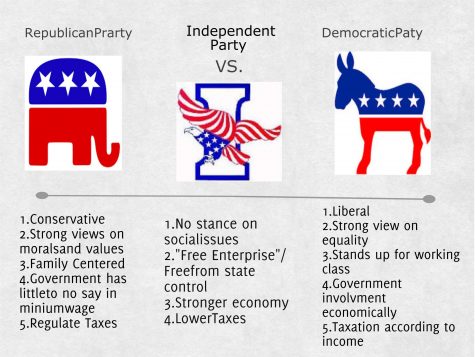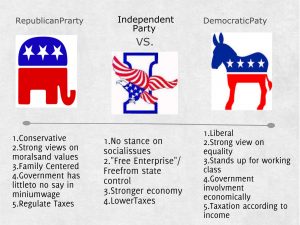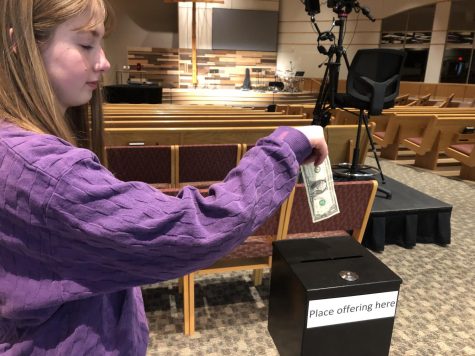Abolish the caucus, instate the primary
Ever since Feb. 1st, our nation has been caught up in the lead-up to one of our most important political processes: the caucuses and primaries to elect our next president of the United States. Minnesota in particular held a caucus on Mar. 1st, which ended in a victory in the state for Democrat candidate Bernie Sanders, and Republican candidate Marco Rubio. In the outcome of the caucus, however, Minnesota officials have faced a new idea: a transition from a caucus to a primary.
Almost immediately after the caucus ended, the Star Tribune posted an article discussing the major downsides of the caucus, stating problems that resulted from a huge voter turnout. As the Republican Caucuses were attended by 50,000 more people than expected, voters were forced to experience long lines, crammed voting rooms, and an overall unpleasant experience.
The difference between a caucus and a primary is rather simple. A caucus, the system that Minnesota currently uses for nominating candidates, is conducted as a special election. Those who are registered with the party all meet up with other members of their precinct, where they vote for their nominations for local government, vote for presidential candidates, and select delegates to further represent them as the party moves forwards.
A primary, on the other hand, is conducted as more of a traditional election, all people who wish to vote simply attend the polls during the hours that they are open, and vote for whichever candidate that they think is correct.
Despite their differences, the benefits of a primary over a caucus are incredibly apparent upon inspection. A caucus is usually held on a much shorter time frame (A meeting held at a specific time, versus polls that are open over an extended period of time). which can result in longer lines as every voter attempts to reach the polling area at the same time. Caucuses sometimes also take away the privacy people are granted on a vote in traditional elections, sometimes votes are conducted by a show of hands or a tallying of people as they move into groups, rather than secret ballot.
The flaws in the caucus system are only further highlighted when it is examined what states still use said system. Out of the 50 US states, only 13 of them still use the caucus system over the primary. The fact that around 75 percent of states do not even use the system further cement the truth. So, it should really be quite easy for any reader to see the obvious course of action.
The evidence speaks completely for itself, the caucus system is outdated, and inadequate for dealing with the modern voting that we experience today. Should Minnesotans wish to experience a better system, with more convenience, accessibility, and overall success, then our next step is obvious: we need to abolish the antiquated caucus system, and instate a new primary vote for selecting candidates.

Adam Sutcliffe is a senior at SAHS. He is heavily involved in the drama club and enjoys performing in the shows. His other interests include creative writing,...














